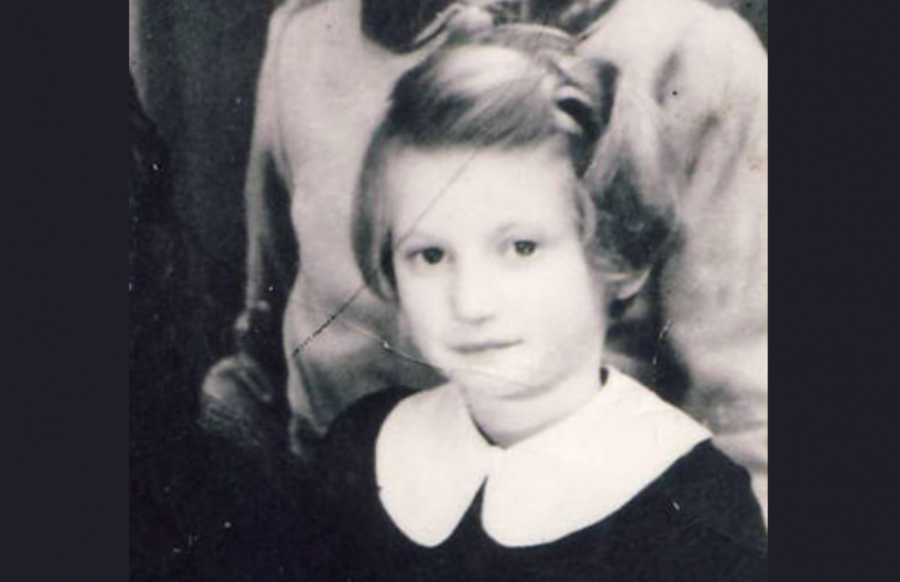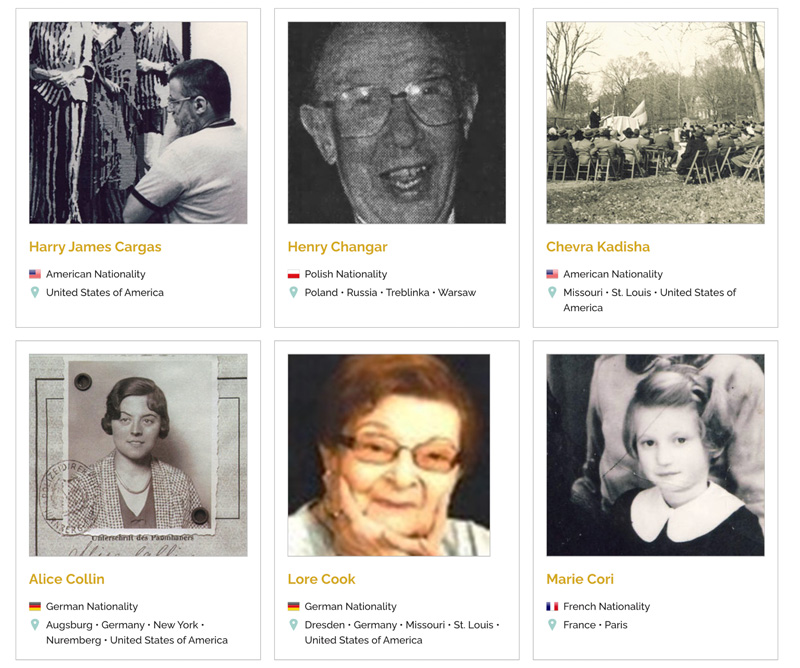St. Louis’ stories from the Holocaust: Marie Cori
Published April 20, 2021
Since 1979, Vida “Sister” Goldman Prince has been Chairman of the Oral Histories Project, at the St. Louis Kaplan Feldman Holocaust Museum. The project is dedicated to recording and preserving audio interviews of not only Holocaust Survivors, but also liberators of Nazi concentration camps and other non-Jewish witnesses living in Europe during World War II.
The museum was one of the first to begin gathering oral history projects so these voices and photographs will be displayed and future generations will continue to be witnesses to this catastrophic period of world history.
In partnership with the Jewish Light, The St. Louis Kaplan Feldman Holocaust Museum is allowing us to republish a portion of these Oral Histories project as a celebration of life and a crucial part of honoring and remembering the past. Please follow the provided links to additional recordings.
ADVERTISEMENT
Mari Cori was born Marie Kolkowicz in 1934 in Paris, France. She had two older sisters and a younger brother, and they lived in a poor building, sharing a room with her family and going down the hall for running water and a bathroom. Marie attended a Jewish day school as did many other children from her building. One day, all the children and teachers at the school were rounded up by the Nazis, but Marie and her sisters had all stayed home.
Her family then knew it was time to take action if they wanted to survive the war. So, they paid off a German to help them escape via train, and taking no luggage, they fled their hometown. A Jewish Organization, OSE, begged her mother to separate from her children to give them any chance of survival. Thus, Marie and her brother were taken to a Chateau, where they were cared for by six doctors.
When news reached the Chateau that trucks were coming for the Jewish children, they separated the Jewish children in many ways. Marie and her brother were put on a train and told their name was no longer Kolkowicz. They were told to scream when a German soldier got on, and they obeyed. They were thrown off the train when they would not stop screaming, and they happened to stop in front of two nuns at the train stop. These nuns took the children to an orphanage.
ADVERTISEMENT
When Marie got sick, Mother Superior removed her tonsils with a pliers and no anesthetic. She was separated from her brother and put in the nunnery attic to heal, where she was cared for by a man who brought her food, a comb, and a cat to kill the rats. Dirty and filled with lice, Marie was stuck in the dark of the attic for a long time, until the man carried her out and took her to a village market square where a French woman and her daughter took her in. They were very kind to her, cleaned her, and fed her. With this family, she went to Church and was taken care of until the Red Cross found her and took her back to her family in the forest, where she was reunited with her father and mother and sisters.
While she resented that the nuns kept her Catholic after the war, she became Jewish again once she reunited with her family so not to cause pain to her father. After the war, her parents had two more children. She wanted to move to Israel, but her mother refused to let her, so instead she moved to America where her eldest sister had already moved. Recently, she has opened up to tell her story and is able to find strength through a group of other Hidden Children survivors. However, she has never lost the pain inflicted upon her.
Listen to Tape 1 / Side 1 of Marie’s Oral History
Click here to listen the additional taped recordings of Marie’s Oral History
Discover more stories
To view the full St. Louis Kaplan Feldman Holocaust Museum Oral Histories archive, click here.
















